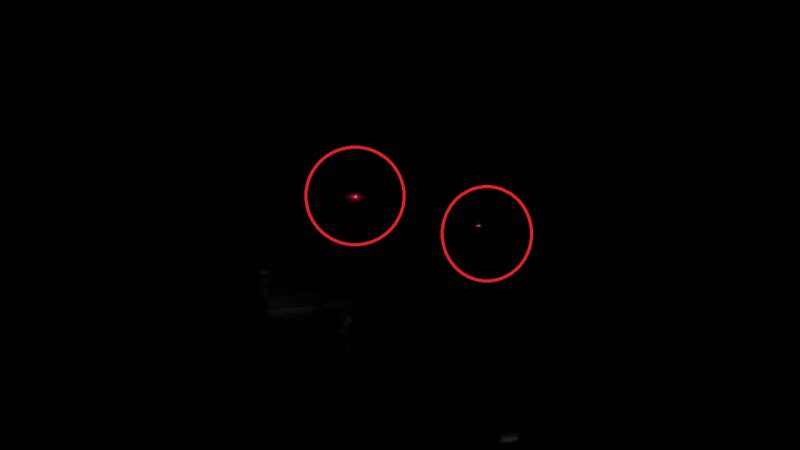NASA Stacks Artemis 2 Second Stage While the Future of SLS Remains Uncertain

NASA’s Artemis 2 mission has reached a major milestone as the second stage that powers the Artemis 2 rocket, the Interim Cryogenic Propulsion Stage (ICPS), has been stacked. Kennedy Space Centre in Florida’s technicians mounted the ICPS on top of the SLS rocket inside the Vehicle Assembly Building on May 1. Driven by its upper stage, NASA’s Orion spacecraft and four-person crew—three NASA astronauts and one Canadian—out of Earth orbit will travel a free-return path around the moon, therefore allowing NASA’s return to deep space exploration.
NASA Advances Artemis 2 Moon Mission as Future of SLS and Orion Faces Uncertainty
As per NASA’s announcement, the ICPS arrived at the VAB last month and was hoisted into position inside the rocket stage adapter. The stage is critical for completing the crew’s journey past low Earth orbit during the 10-day Artemis 2 mission. Images shared by NASA show the second stage being lowered into place, while the Orion spacecraft and service module, delivered this week by Lockheed Martin, await integration. Exploration Ground Systems will process the Orion module before joining the rest of the launch vehicle.
Artemis 2 follows Artemis 1, which launched uncrewed in 2022 and revealed issues with Orion’s heat shield that delayed future missions. The Artemis 2 crew will fly a lunar pass rather than enter lunar orbit. The success of the mission will be vital in opening the path for Artemis 3, currently set for 2027, whereupon humans would land on the moon using a SpaceX Starship lander.
Even with continuous development, ambiguity surrounds the long-term fate of the program. A 2026 budget proposal released May 2 suggests ending the SLS and Orion programs after Artemis 3. If enacted, the mission currently under assembly may be among the final uses of the massive launch vehicle, designed to carry humans beyond low Earth orbit.
Artemis 2 is still relentlessly heading towards launch readiness. Though programming objectives are always changing, NASA’s efforts to prepare the SLS and Orion spacecraft highlight a more general aim of maintaining a continuous lunar presence—a step towards eventual Mars exploration.






